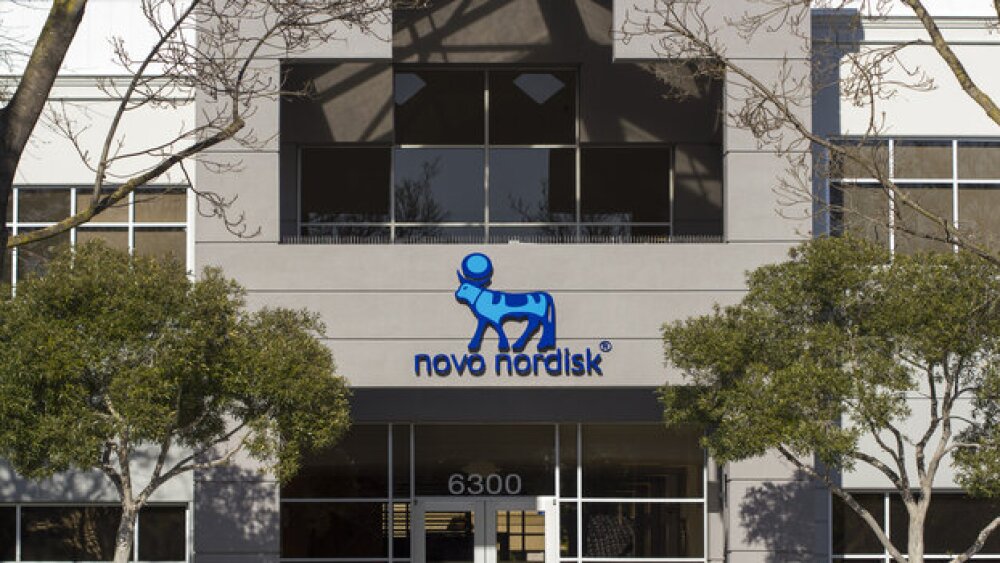Alnylam and Sanofi Genzyme presented positive Phase III results of patisiran in patients with hereditary ATTR amyloidosis with polyneuropathy at a conference in France.
Alnylam Pharmaceuticals and Sanofi Genzyme presented positive Phase III results of patisiran in patients with hereditary ATTR (hATTR) amyloidosis with polyneuropathy at the 1st European ATTR Amyloidosis Meeting for Patients and Doctors in Paris, France. Ionis Pharmaceuticals also presented new data from its Phase III NEURO-TTR study of inotersen in patients with hATTR, which sets both companies up for a race to who can get to market first and which company’s treatment is better.
hATTR is an inherited, progressively debilitating, often fatal disease caused by mutations in the TTR gene. The TTR protein is mainly produced in the liver and carries vitamin A. The mutations cause abnormal amyloid proteins to collect and damage organs and tissues, such as cardiac muscle and peripheral nerves. This can lead to peripheral sensory neuropathy, autonomic neuropathy and cardiomyopathy.
One of the first things to consider is that the two companies, Alnylam and Ionis, did not run clinical head-to-head clinical trials comparing patisiran to inotersen. This means that you can only extrapolate comparisons so far. As Stephen Simpson writes for Seeking Alpha, “the studies had different patient characteristics, different endpoints, and so on. Consequently, there are limits on the conclusions that can be drawn from the data.”
Despite the warning, most analysts think Alnylam’s patisiran had better results.
Alnylam’s patisiran showed “a 34-point mean difference in the modified neuropathy impairment score (mNIS+7) at 18 months, with a 6-point improvement for patients which underscores that they got somewhat better over that period. There was also a 21.1-point mean improvement in the quality of life score, with a 6.7-point improvement to show that the patients also felt better,” reported John Carroll with Endpoints News.
Alnylam gave its presentation only a few hours after Ionis gave its own. Carroll writes that Ionis’s data had “a 19.73-point mean change in disease scale at 15 months, and an 8.69-point benefit at 8 months. Their quality of life scores registered an 11.68-point mean improvement, with a 6.4-point benefit that showed their patients also responded better with treatment.”
Alnylam’s chief executive officer, John Maraganore, told Carroll, “We beat them on both, with the caveat that these aren’t comparative (head-to-head) studies. We clearly have a more substantial treatment effect. This is a big win. It’s a nice way to debut the advent of this technology in medicine.”
And his statement is likely the case, at least from the standpoint of straight efficacy. But the story is more complicated than that. Ionis’s chief executive officer, Stan Crooke, told Carroll, “We think we’ll win in the marketplace.”
Why?
Ease-of-use, is the biggest reason. Alnylam’s treatment is administered by transfusion, which requires patients to come to a physician’s office or infusion center. Ionis’ treatment can be self-administered at home.
Ionis, however, had a patient die during the trial from thrombocytopenia. That’s not a deal-breaker, since Ionis has added more careful screening processes to its regimen since and there haven’t been any more incidents since, but it’s still a factor they will have to overcome.
Simpson writes, “Ionis has hammered away at the dosing/administration profile of patisiran, and that’s not going to go away. Patisiran requires a time-consuming infusion process (including pre-treatment with steroids and monitoring) every three weeks, while inotersen is a weekly injection. If you live in a smaller town, it may be more difficult to set up an infusion locally, which would mean basically an all-day commitment to patisiran and perhaps longer if you experience meaningful infusion or steroid-related reactions. Additionally, while I argue that the steroid side-effects are worth the benefits seen with patisiran, there are those who disagree, and there are almost certainly going to be patients who can’t or won’t tolerate the steroid pre-administration required with patisiran.”
Price will likely be a significant factor as well, although neither company has said much about potential pricing. Alnylam also apparently has a follow-up compound in its pipeline, TTRsc02, that is given by injection and requires less frequent dosing, potentially once every three months, with no steroids.
It’s possible both drugs will do well on the market, if physicians and patients are given choices on treatment. Patients will potentially benefit by competition on pricing, and both companies are likely to be working hard to developing their next-gen version of the drug to gain competitive advantage.





